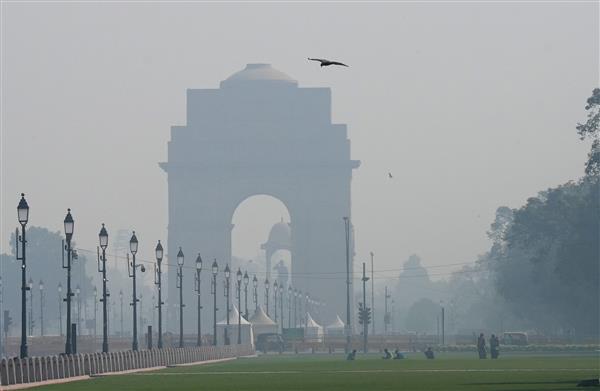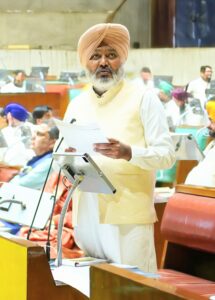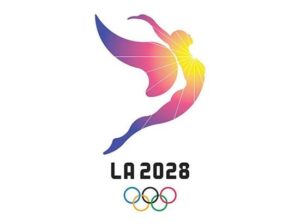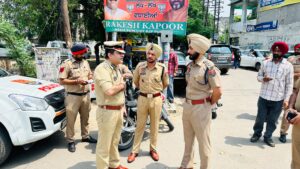New Delhi, October 25
The air quality in Delhi on the morning after Diwali was recorded in the ‘very poor’ category but the situation was relatively better than previous years due to favourable meteorological conditions which diluted the effect of firecrackers and stubble burning.
The capital’s air quality index (AQI) stood at 326 at 8 am on Tuesday.
The neighbouring cities of Ghaziabad (285), Noida (320), Greater Noida (294), Gurugram (315) and Faridabad (310) reported ‘poor’ to ‘very poor’ air quality.
An AQI between zero and 50 is considered ‘good’, 51 and 100 ‘satisfactory’, 101 and 200 ‘moderate’, 201 and 300 ‘poor’, 301 and 400 ‘very poor’, and 401 and 500 ‘severe.
The relatively better air this morning doesn’t mean it’s good air. The PM2.5 levels at 30 out of the 35 monitoring stations in the capital were five to six times the national standard of 60 micrograms per cubic metre at 8 am.
PM2.5 are fine particles that are 2.5 microns or less in diameter and can travel deep into the respiratory tract, reaching the lungs and entering the bloodstream.
Though people burst firecrackers in several parts of Delhi despite a ban on them, the intensity appeared less as compared to the last two years.
The Delhi government had in September announced a complete ban on the production, sale and use of all types of firecrackers till January 1, 2023, including on Diwali, a practice it has been following for the last two years.
Farm fires raged across Punjab and Haryana on Monday but the wind speed was moderately unfavourable for the transport of smoke. Hence, the contribution of stubble burning to Delhi’s pollution (around 10 per cent) was also “not very significant”, said Gufran Beig, chair professor, National Institute of Advanced Studies, Indian Institute of Science.
Emissions from firecrackers and farm fires have contributed significantly to Delhi’s PM2.5 pollution on Diwali over the years.
Their share this year was relatively less than previous years due to reduced firecrackers bursting and moderately warm and windier conditions which prevented rapid accumulation of pollutants.
Diwali was celebrated on November 4 in 2021 and on November 14 in 2020 when temperatures were considerably low and winds calm.
According to the Early Warning System of the Indian Institute of Tropical Meteorology (IITM), the air quality is predicted to remain in the ‘very poor’ category during the day (Tuesday) and is likely to improve slightly over the next two days.
Delhi recorded a 24-hour average AQI of 312 at 4 pm on Monday—the second best for Diwali day in seven years.
Before this, the city recorded an AQI of 281 on Diwali in 2018.
Delhi had recorded an AQI of 382 on Diwali last year, 414 in 2020, 337 in 2019, 319 in 2017, and 431 in 2016, according to Central Pollution Control Board data.
On Sunday evening, the city reported a 24-hour average AQI of 259, which was the lowest for Diwali eve in seven years.
“The share of PM2.5 in Delhi’s air has increased which is indicative of contribution from firecrackers and stubble burning,” said Beig, also the founder project director of SAFAR, a forecasting agency under the Union Ministry of Earth Sciences.
“Though the active fire counts have doubled, the wind direction is north westerly and the wind speed is moderate (not very favourable for the transport of smoke from farm fires). Hence, the contribution of stubble burning is not very significant,” he said.
Stubble burning is likely to account for 12 to 15 per cent of Delhi’s PM2.5 solution on Tuesday, he added.
The Indian Agricultural Research Institute reported 1,019 farm fires in Punjab, 250 in Haryana and 215 in Uttar Pradesh on Monday evening.













